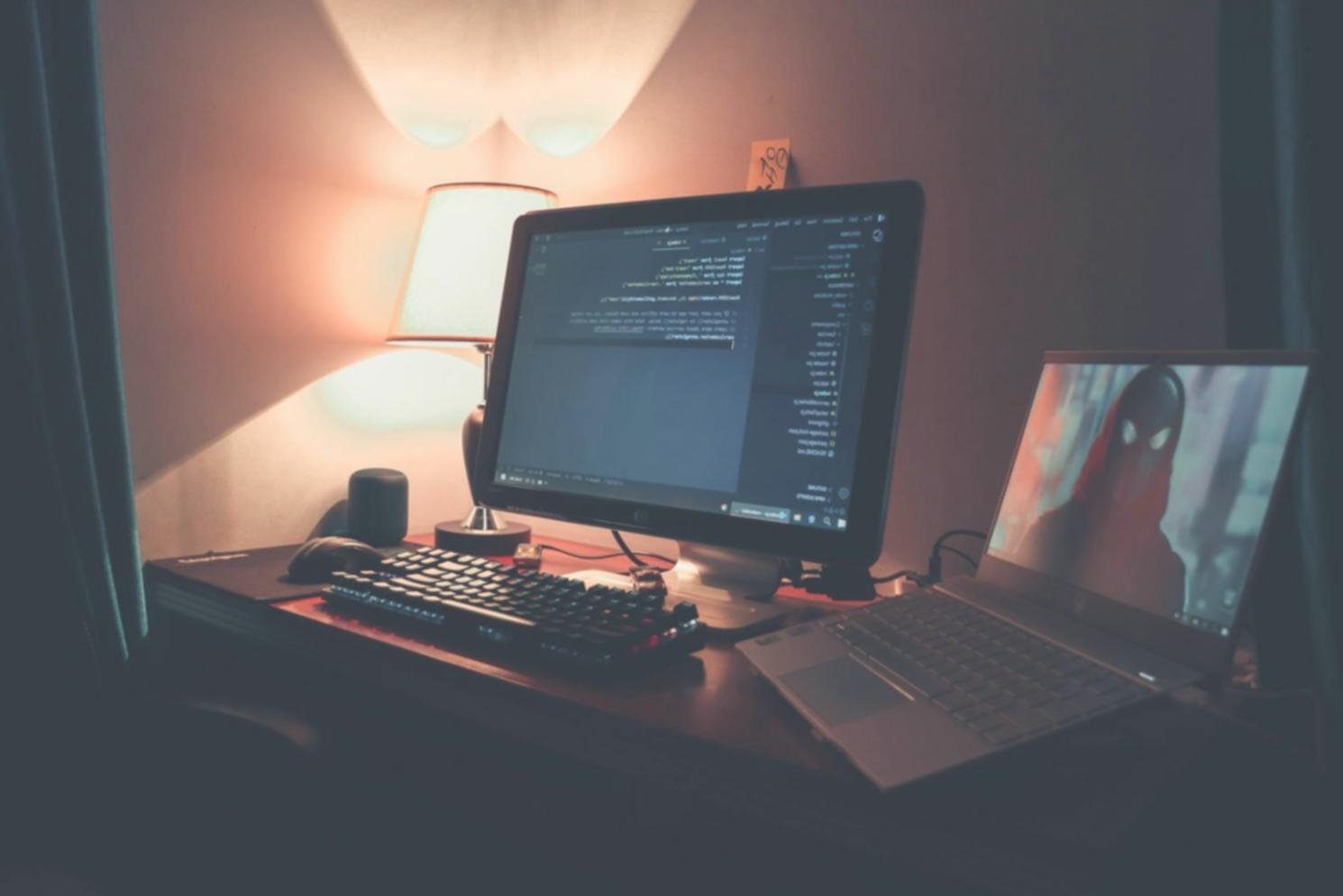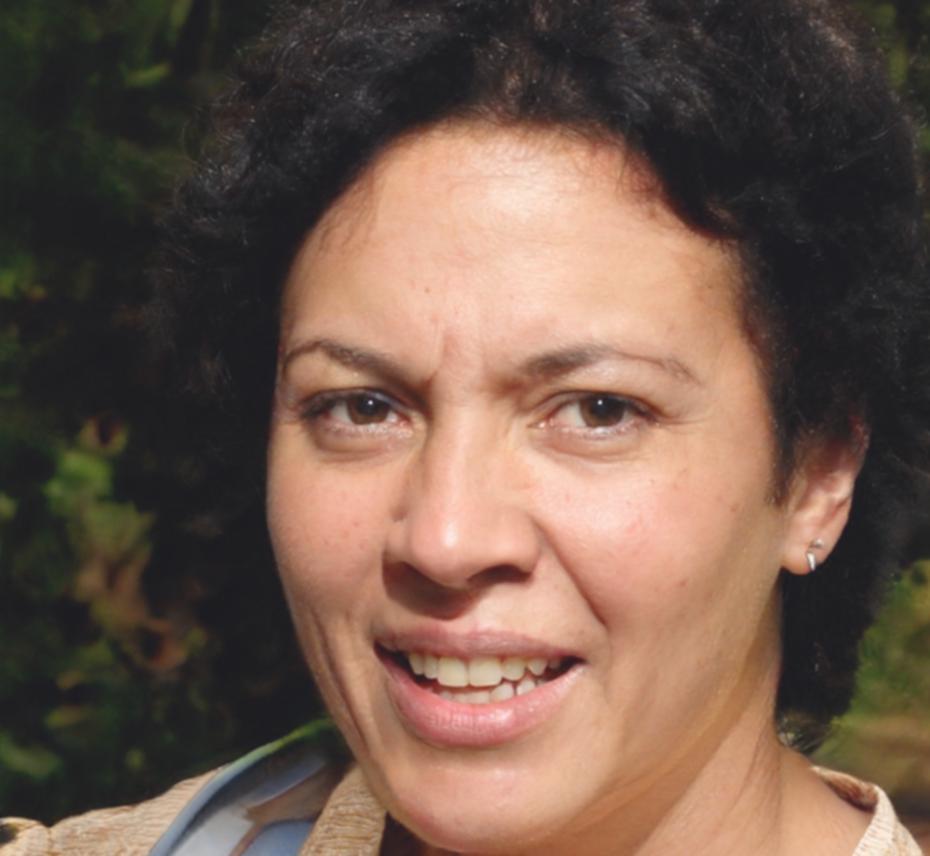Teaching What Games Actually Need
Back in 2019, we noticed something odd. Game studios kept asking for people who understood performance bottlenecks and shader optimization, but hardly anyone was teaching those skills. Most programs focused on either pure art or pure programming. The middle ground – where technical artists live – was practically ignored.
How We Got Here
It started with one frustrated studio manager and a whiteboard. Now we're training the next generation of performance specialists.
The Conversation That Started Everything
A local studio was struggling to find anyone who could diagnose frame rate issues in their open-world project. They had talented artists and solid programmers, but nobody who spoke both languages fluently. That gap was costing them months of development time.
First Workshop Experiment
We ran a small workshop on GPU profiling for eight people. Half were artists who wanted to understand why their materials tanked performance. The other half were junior programmers tired of guessing what optimization actually meant. The energy in that room convinced us this was worth pursuing seriously.
Built Our First Full Program
After running various short courses, we developed a comprehensive six-month curriculum. It covered everything from draw call optimization to memory profiling on different platforms. Seventeen students went through that first cohort. Fourteen of them are now working in technical roles at game studios.
Expanded Into Advanced Specializations
Students kept asking for deeper dives into specific areas. So we added modules on shader graph optimization, LOD systems, and mobile performance tuning. We also started bringing in guest instructors who work on shipping titles to share real production challenges.
Looking Ahead
This autumn, we're launching specialized tracks for VR optimization and next-gen console performance. We're also building partnerships with studios in the region to offer project-based learning opportunities where students work on actual production challenges.
What Drives Our Teaching
These aren't corporate values someone wrote on a wall. They're principles we actually follow when designing courses and working with students.
Real Problems First
Every lesson starts with an actual performance issue from a shipped game. We don't teach optimization theory in a vacuum. Students learn by fixing real bottlenecks and understanding why certain approaches work better than others in production environments.
Platform Reality
Most courses teach one platform or ignore hardware differences. We make students profile the same scene on PC, console, and mobile. Understanding why a shader runs fine on desktop but kills mobile performance is crucial knowledge that too many developers learn the hard way during production.
No Hand-Holding
Students get stuck sometimes. That's good. We provide guidance and resources, but we don't just give answers. Learning to debug performance issues means developing problem-solving approaches. When someone figures out why their draw calls doubled, that understanding sticks in a way that copying solutions never does.
Update As Games Evolve
Game technology doesn't stand still. Neither do we. When new rendering techniques emerge or hardware capabilities shift, we update our curriculum within weeks, not years. Students need current knowledge, not outdated approaches that studios stopped using three years ago.
Honest About Complexity
Some optimization work is genuinely difficult. We don't pretend otherwise. Memory management on console requires understanding hardware specifics. Shader optimization needs math knowledge. We prepare students for the actual complexity they'll face, while building their skills step by step to handle it.
Small Groups Matter
We cap cohorts at twenty students. Performance optimization isn't something you can effectively teach to fifty people at once. Students need individual feedback on their profiling techniques and optimization decisions. Smaller groups let us actually review everyone's work and provide meaningful guidance.
Teaching Philosophy That Actually Works
Most technical art programs either assume you're already a strong programmer or treat you like a complete beginner. Both approaches miss the mark. Our students come from different backgrounds – some from art school, others with CS degrees, many self-taught. They all need something different.
So we built a program that adapts. First month covers fundamentals for everyone, but the exercises scale in complexity based on your current skills. Artists get more support with programming concepts. Developers get extra guidance on visual quality assessment. Everyone ends up in the same place by month three, just through different paths.
And here's the part that matters most: students work on an actual optimization project from week one. Not a tutorial project. Not a made-up scenario. They take a real scene with real performance problems and spend six months making it run better. By the end, they've profiled hundreds of frames, optimized dozens of shaders, and genuinely understand how everything connects.

How Learning Actually Happens Here
We've tried different teaching methods over the years. These three approaches keep proving themselves effective.

Live Profiling Sessions
Every Tuesday evening, we run open profiling sessions. Students bring their current projects, we hook them up to profiling tools, and we analyze what's actually happening. Sometimes it's straightforward – too many draw calls, easy fix. Other times we spend an hour tracking down why memory usage spikes during scene transitions.
These sessions are messy and real. Students see how professionals approach debugging. They watch us hit dead ends, try different theories, and eventually figure things out. That process is more valuable than any polished lecture could be.

Peer Review System
Starting in month two, students review each other's optimization work. Not just looking at results, but examining the profiling methodology and decision-making process. Did they test on multiple devices? Did they consider memory alongside framerate? Did they profile before and after changes?
This catches problems early and builds critical thinking skills. Plus, explaining your optimization choices to another student forces you to really understand what you did and why. We've found students often learn more from these peer reviews than from instructor feedback alone.

Mirela Shtupalli
Lead Technical Instructor
I spent nine years as a technical artist at mid-sized studios before moving into education. Most of that time was spent fixing performance problems that could have been avoided if someone had made better decisions earlier in production. Draw calls that ballooned because nobody checked. Shaders that looked great on desktop but murdered mobile performance. Memory leaks that nobody caught until certification.
That's why I focus on teaching prevention alongside debugging. Students need to understand not just how to fix problems, but how to structure their work so those problems don't happen in the first place. It's less exciting than emergency optimization work, but way more valuable for their careers.
Outside of teaching, I still consult on optimization for a couple of studios. Keeps me current on what's actually happening in production and what skills students need most.